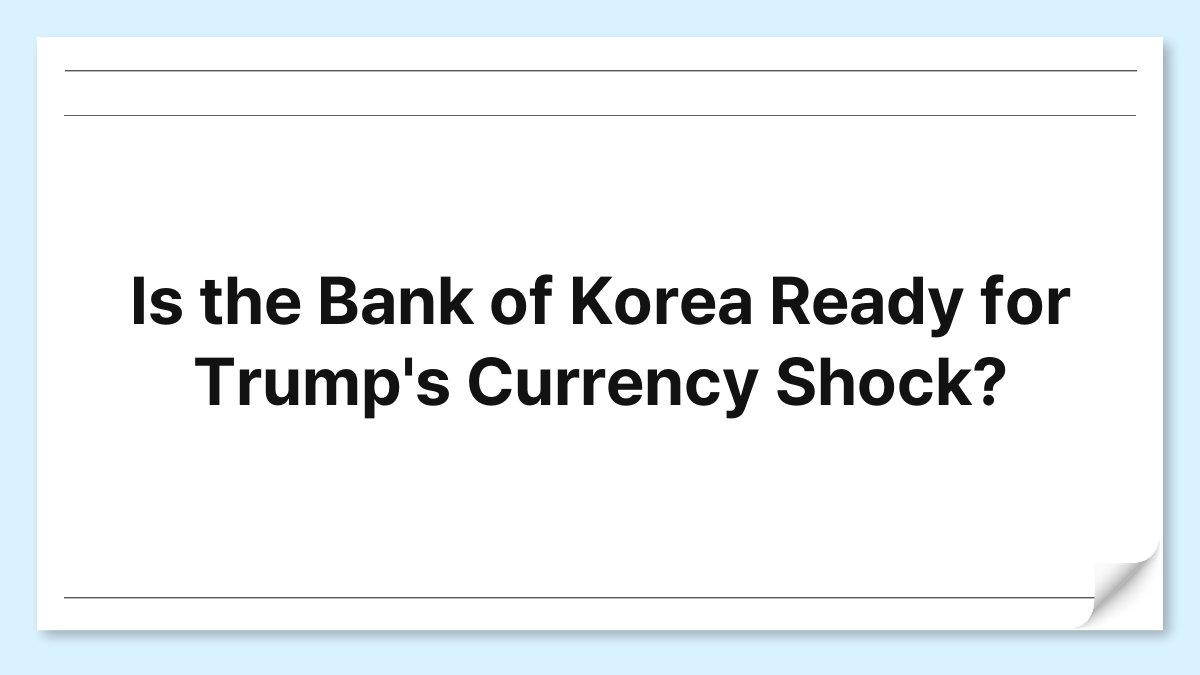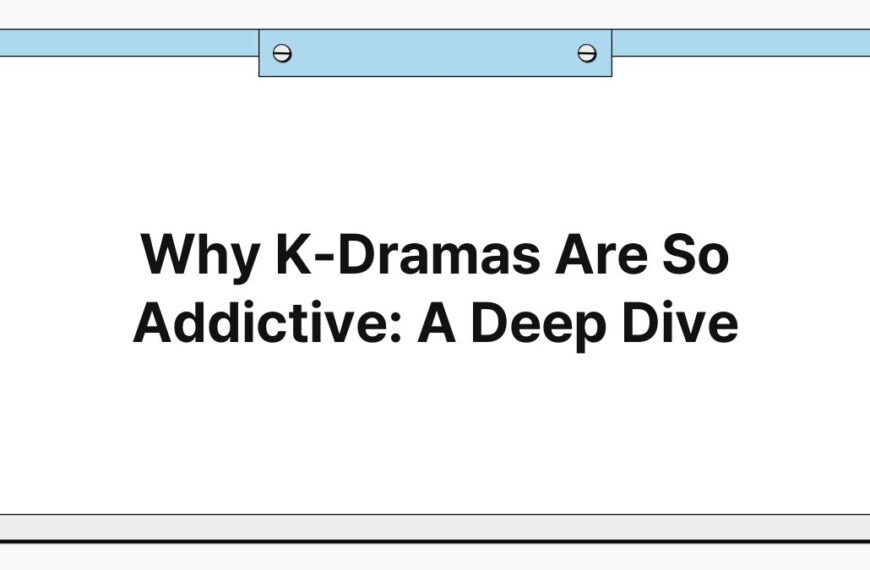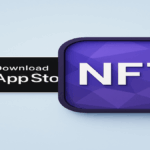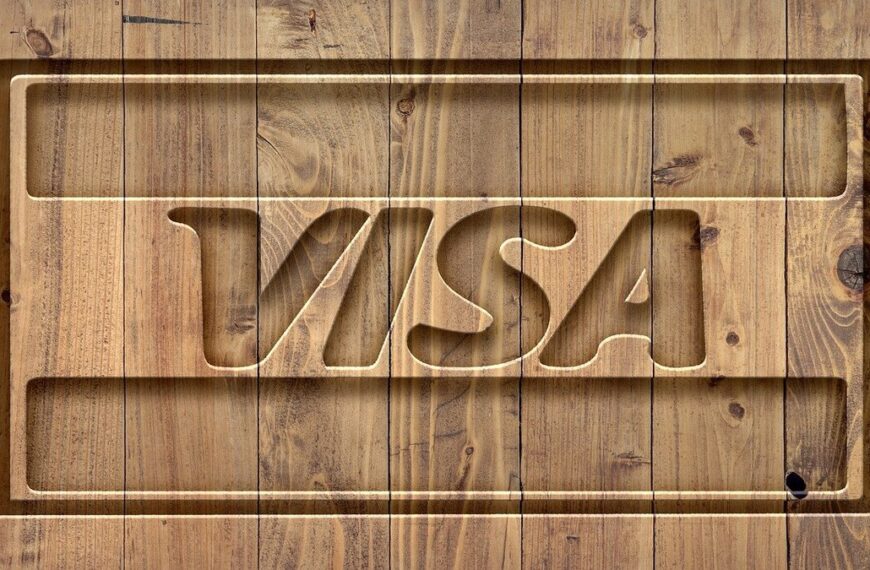[K-Bridge/Samuel] Is the Bank of Korea Ready for Trump’s Currency Shock? The question arises amid the ongoing uncertainties in global financial markets, particularly with the potential for significant shifts in currency values following policy changes by the Trump administration.
As the U.S.
continues to influence international trade and finance, the Bank of Korea must evaluate its readiness to respond to any currency shocks that may arise.
This scenario could involve fluctuations in the Korean won and impacts on the South Korean economy, necessitating strategic measures from the central bank.
By reading this article, you will gain insights into the potential implications of Trump’s policies, the Bank of Korea’s strategies, and the broader economic context.
Understanding Trump’s Currency Shock
The Concept of Currency Shock
Currency shock refers to sudden and significant changes in exchange rates that can disrupt economic stability.
Trump’s administration has a history of adopting unconventional monetary policies, which may lead to volatility in the U.S.
dollar and consequently affect other currencies, including the South Korean won.
The unpredictability of such shocks can create uncertainty for businesses, investors, and policymakers.
The Bank of Korea must therefore be prepared to navigate these challenges, ensuring that it can mitigate adverse effects on the economy.
Historical Context of Currency Shocks
Historically, currency shocks have been influenced by various factors, including geopolitical tensions, economic policy shifts, and market speculation.
For instance, during the 2016 U.S.
presidential election, the announcement of Trump’s economic plans led to fluctuations in the dollar.
Such events serve as reminders of the interconnectedness of global economies and the ripple effects that can occur when one major economy undergoes policy changes.
The Bank of Korea must analyze past incidents to develop effective strategies for future currency shocks.
Potential Triggers of Currency Shock
Several factors could trigger a currency shock under Trump’s administration.
Changes in trade policies, such as tariffs or trade agreements, can lead to immediate reactions in currency markets.
Additionally, shifts in interest rates or fiscal policies can further exacerbate volatility.
The Bank of Korea needs to monitor these developments closely, as they can significantly impact the Korean economy.
Understanding these triggers will enable the central bank to implement timely measures to stabilize the won and maintain economic growth.
The Role of the Bank of Korea
Current Monetary Policy Framework
The Bank of Korea operates within a framework that aims to maintain price stability and support economic growth.
This involves setting interest rates and managing the money supply to influence inflation and employment levels.
As external factors, such as Trump’s policies, threaten to disrupt this balance, the central bank must be agile in its response.
Adjustments to monetary policy may be necessary to counteract the effects of currency shocks, ensuring that the economy remains resilient.
Tools for Mitigating Currency Shocks
To address potential currency shocks, the Bank of Korea has several tools at its disposal.
These include intervention in foreign exchange markets, adjusting interest rates, and utilizing foreign reserves.
By strategically employing these tools, the central bank can influence the value of the won and stabilize the economy.
The effectiveness of these measures will depend on timely and decisive action in response to market developments.
Communication and Transparency
Effective communication is vital for the Bank of Korea to manage expectations and maintain confidence among investors and the public.
By clearly articulating its policy intentions and rationale, the central bank can help mitigate panic during times of currency volatility.
Transparency in decision-making processes fosters trust and allows for better coordination with other economic stakeholders, enhancing the overall stability of the financial system.
Economic Implications of Currency Shocks
Impact on Trade
Currency shocks can have profound effects on international trade dynamics.
A sudden depreciation of the won could make South Korean exports more competitive, potentially boosting economic growth.
Conversely, if the won appreciates sharply, it may hinder export performance and negatively impact industries reliant on international markets.
The Bank of Korea must carefully assess these trade implications when formulating its response to currency shocks.
Effects on Inflation
Fluctuations in currency values can also influence inflation rates.
A weaker won may lead to higher import prices, contributing to inflationary pressures within the economy.
The Bank of Korea must balance its goals of price stability with the need to support economic growth, particularly in the face of external shocks.
Monitoring inflation trends and adjusting monetary policy accordingly will be crucial in maintaining economic stability.
Investor Confidence and Capital Flows
Investor confidence can be significantly impacted by currency volatility.
A stable currency is often associated with a stable economy, attracting foreign investment.
Conversely, uncertainty surrounding currency values can lead to capital flight, as investors seek safer assets.
The Bank of Korea must work to maintain investor confidence by demonstrating its commitment to managing currency risks effectively, thereby ensuring continued capital inflows.
Preparing for Future Currency Shocks
Strengthening Economic Resilience
To prepare for potential currency shocks, the Bank of Korea should focus on strengthening the resilience of the South Korean economy.
This involves diversifying trade partners, enhancing domestic production capabilities, and fostering innovation.
By reducing reliance on external markets, the economy can better withstand the impacts of currency volatility.
Additionally, promoting economic stability through sound fiscal policies will further bolster resilience.
Enhancing Collaboration with Global Institutions
Collaboration with international financial institutions can provide the Bank of Korea with valuable insights and resources in times of crisis.
Engaging with organizations such as the International Monetary Fund can facilitate knowledge sharing and support for policy measures aimed at mitigating currency shocks.
Strengthening these partnerships will enhance the Bank of Korea’s ability to navigate complex global financial landscapes.
Continuous Monitoring and Assessment
An ongoing assessment of global economic conditions and trends is essential for the Bank of Korea to remain proactive.
By continuously monitoring developments in the U.S.
and other major economies, the central bank can anticipate potential currency shocks and implement preemptive measures.
This proactive approach will enable the Bank of Korea to respond effectively to emerging risks and safeguard the South Korean economy.
Conclusion
In conclusion, the question of whether the Bank of Korea is ready for Trump’s currency shock underscores the complexities of global economic interactions.
As the U.S.
continues to shape international financial landscapes, the Bank of Korea must remain vigilant and adaptable.
By strengthening its monetary policy framework, enhancing communication, and fostering resilience, the central bank can effectively navigate the challenges posed by currency shocks.
Ultimately, the ability to respond to these shocks will play a crucial role in maintaining economic stability and growth in South Korea.








